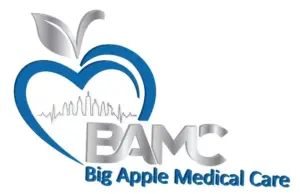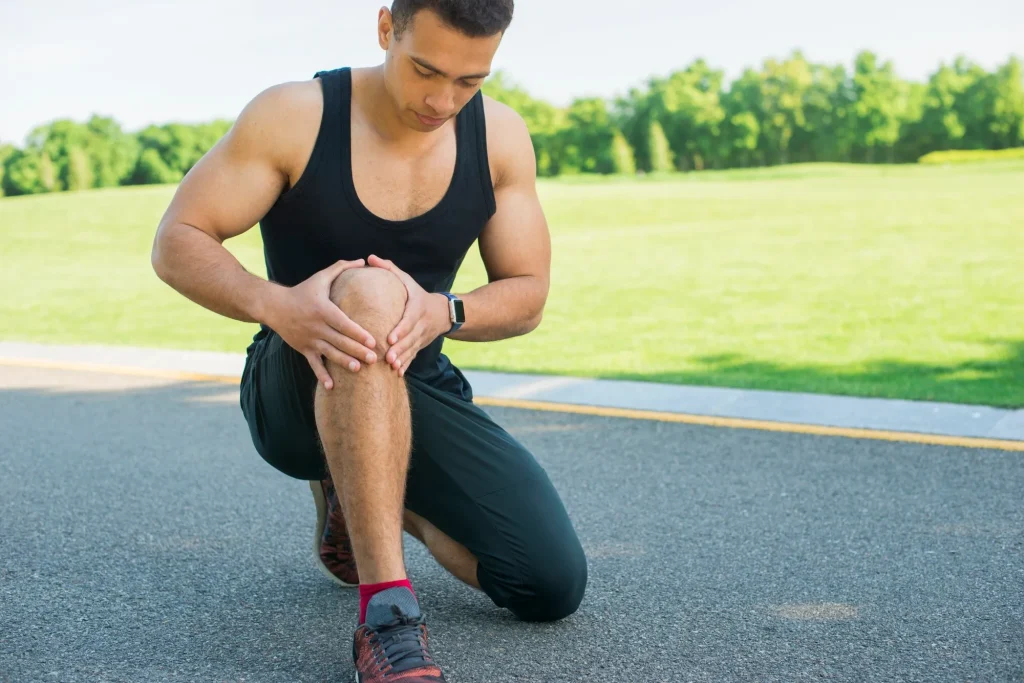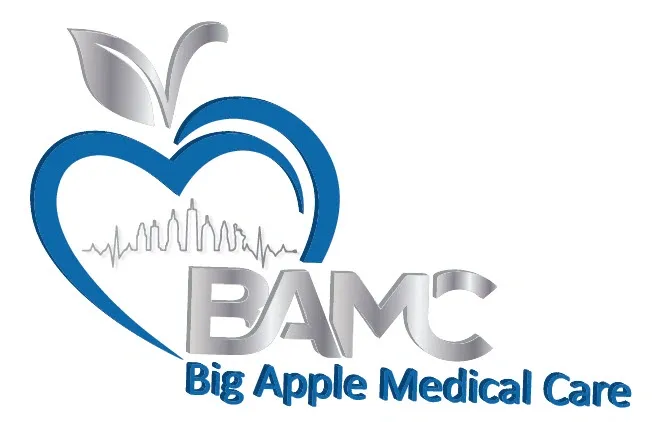Sports injuries can disrupt daily life, limit mobility, and lead to long-term complications if not addressed correctly. At Big Apple Medical Care, we understand the need for immediate and effective care—even from the comfort of your home. While severe injuries should always be examined by a medical professional, many minor injuries can be treated successfully with home remedies and proper care techniques.
Located in Brooklyn, NY at 7322 5th Ave, we’re just a call away at 718-333-5120 for when at-home treatment isn’t enough. Below are five detailed, doctor-approved methods to treat sports injuries at home safely and effectively.
1. Apply the R.I.C.E. Method Immediately
The R.I.C.E. method—Rest, Ice, Compression, and Elevation—is a gold-standard approach for handling common injuries such as sprains, strains, or bruises.
Rest
Stop any physical activity immediately. Rest helps prevent further damage and gives your body time to heal. Avoid placing weight on the injured area for the first 24–48 hours.
Ice
Apply an ice pack wrapped in a towel to the injured area for 20 minutes every 2-3 hours during the first 48 hours. This reduces swelling and dulls pain by constricting blood vessels.
Compression
Use an elastic bandage or compression sleeve to limit swelling. Be careful not to wrap it too tightly as this can obstruct blood flow.
Elevation
Keep the injured area above the level of your heart to help reduce swelling and promote drainage of fluids away from the injury.
⚠️ If the swelling or pain doesn’t decrease within 72 hours, contact us at Big Apple Medical Care immediately.
2. Over-the-Counter Medications for Pain and Inflammation
Certain non-steroidal anti-inflammatory drugs (NSAIDs) are effective in reducing pain and inflammation:
-
Ibuprofen (Advil, Motrin)
-
Naproxen (Aleve)
-
Aspirin (only if advised by a healthcare provider)
These medications should be taken as directed on the label, and never combined without medical advice. Use for no longer than 7 days unless prescribed, as long-term use can lead to gastrointestinal issues.
Topical NSAIDs, such as diclofenac gel, can be applied directly to the skin for targeted pain relief without systemic side effects.
3. Gentle Stretching and Low-Impact Movement
Once the initial swelling and pain have subsided—typically after 48-72 hours—gentle movements help restore flexibility and circulation. Do not resume full activity immediately.
Stretching Tips:
-
Perform slow, controlled stretches that don’t induce pain.
-
Hold each stretch for 15–30 seconds, 2–3 times daily.
-
Focus on the muscle group around the injury to prevent stiffness and re-injury.
If you’re uncertain about the right techniques, reach out to us at Big Apple Medical Care for a guided rehabilitation plan.
4. Heat Therapy for Stiff Muscles
After the first few days of icing and once inflammation has reduced, heat therapy can help:
-
Increases blood flow
-
Relaxes tight muscles
-
Promotes tissue healing
Use Heat in the Following Ways:
-
Warm compresses or heat pads for 15-20 minutes at a time
-
Warm baths with Epsom salts to soothe sore muscles and joints
Avoid applying heat to acute injuries or any area with ongoing swelling as it can worsen inflammation.
5. Immobilization with Braces and Supports
Immobilizing the affected area may be necessary, especially for ankle sprains, wrist injuries, or knee problems. This prevents accidental overuse and allows tissue to recover.
Types of Immobilization Devices:
-
Elastic bandages for minor strains
-
Splints or slings for moderate injuries
-
Orthopedic braces for ongoing support during healing
You can find over-the-counter support gear, but for a custom recommendation, contact Big Apple Medical Care at 718-333-5120.
When to See a Doctor
While home treatment is effective for minor injuries, seek professional help if you experience:
-
Severe pain or swelling
-
Numbness or tingling
-
Joint instability
-
Inability to bear weight
-
Visible deformities
-
Pain that persists beyond a week
Our clinic in Brooklyn, NY offers sports injury evaluations, physical therapy referrals, and imaging services. Walk-ins are welcome or schedule an appointment today.
Preventing Future Sports Injuries
-
Warm up and stretch before exercise
-
Use proper technique and wear appropriate gear
-
Stay hydrated and take regular rest breaks
-
Cross-train to avoid repetitive strain injuries
-
Listen to your body—stop if something doesn’t feel right
FAQs: Treating Sports Injuries at Home
Can I treat a sprained ankle at home?
Yes, use the R.I.C.E. method, rest for 48–72 hours, and apply compression. If there is severe pain, bruising, or inability to walk, seek medical help immediately.
How long should I rest after a sports injury?
Rest depends on the severity of the injury. Minor injuries typically require 2–3 days of rest before light activity. More serious injuries may need 1–2 weeks or longer.
Is it better to use ice or heat?
Use ice in the first 48 hours to reduce swelling. Switch to heat after that to promote healing unless the injury is still inflamed.
What are signs of a serious sports injury?
-
Popping sound at time of injury
-
Severe swelling or bruising
-
Bone or joint misalignment
-
Loss of function
If any of these symptoms occur, visit Big Apple Medical Care immediately.
Can I exercise while recovering from a sports injury?
Avoid high-impact activity during recovery. Engage in light movement or physical therapy under supervision to avoid re-injury.
Why Choose Big Apple Medical Care for Sports Injuries
At Big Apple Medical Care, our experienced medical professionals specialize in sports medicine and injury care. We offer:
-
Personalized treatment plans
-
On-site diagnostic imaging
-
Rehabilitation guidance
-
Friendly, bilingual staff
-
Same-day appointments
📍 Visit us at 7322 5th Ave, Brooklyn, NY 11209
📞 Call us: 718-333-5120
If you’re dealing with a sports injury at home, these techniques will help manage pain and speed up recovery. But for professional evaluation and advanced care, trust Big Apple Medical Care to guide your full recovery.







